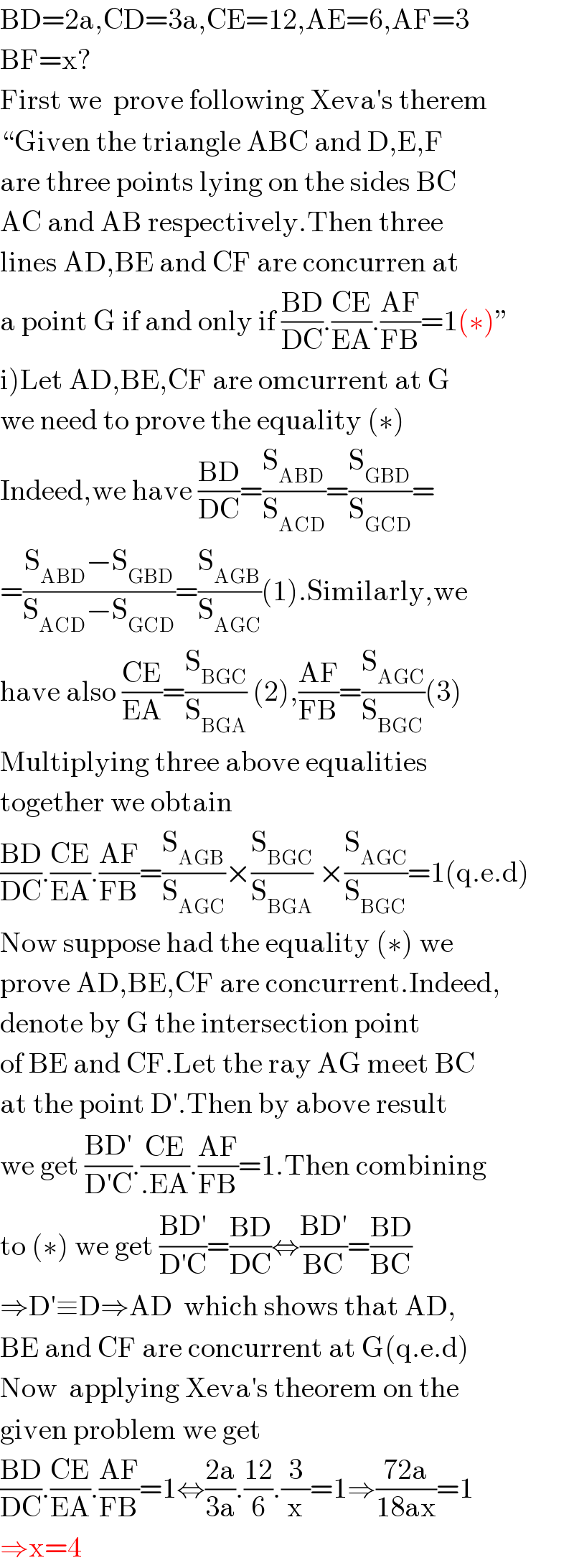
Question and Answers Forum
Question Number 108067 by I want to learn more last updated on 14/Aug/20

Answered by 1549442205PVT last updated on 14/Aug/20

Commented by 1549442205PVT last updated on 14/Aug/20

Commented by I want to learn more last updated on 14/Aug/20

Answered by floor(10²Eta[1]) last updated on 14/Aug/20

Commented by I want to learn more last updated on 14/Aug/20

